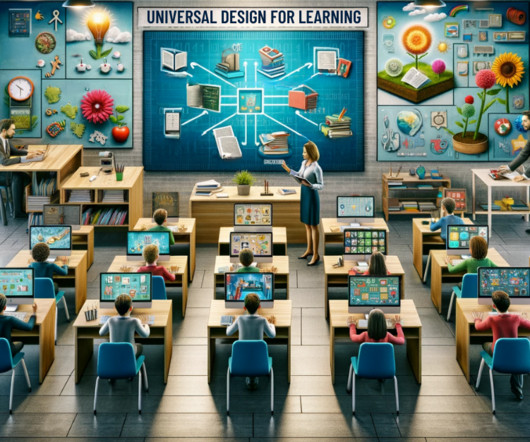More on the Cost Trap and Inclusive Access
Iterating Toward Openness
NOVEMBER 13, 2017
My recent post about the cost trap and inclusive access prompted responses by Jim Groom and Stephen Downes. For example, in 2015 I wrote that “My ultimate goal is this: I want to (1) radically improve the quality of education as judged by learners, and (2) radically improve access to education. And I want to do it worldwide.”














Let's personalize your content